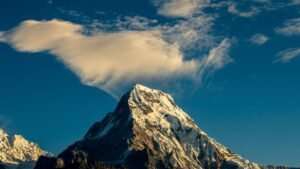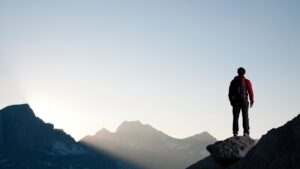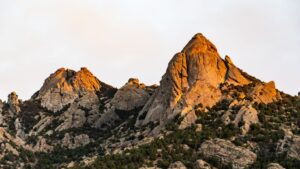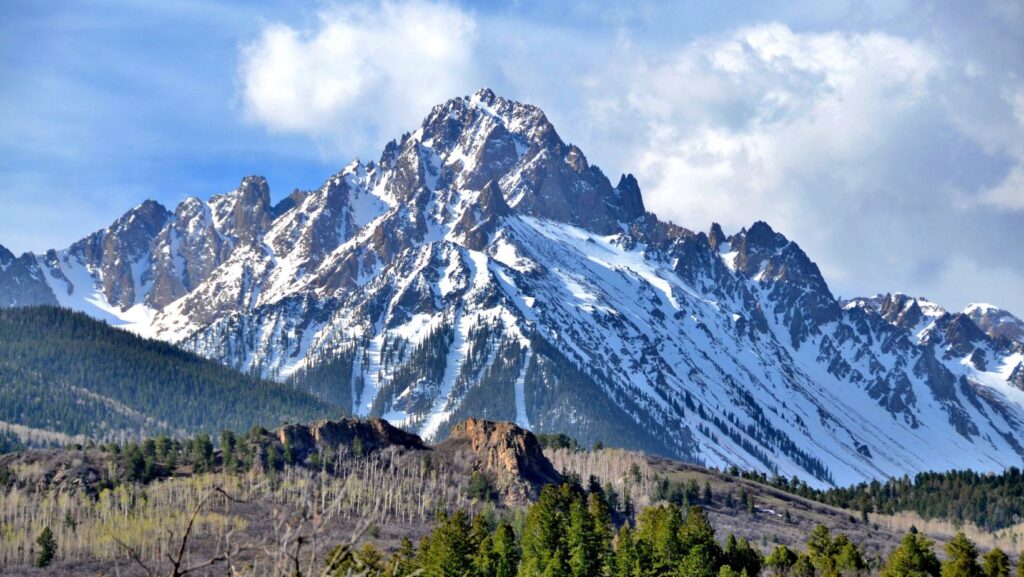 Drawing mountains is a captivating artistic endeavor that allows individuals to convey the grandeur and majesty of these natural wonders on paper. It’s a creative process that involves capturing the rugged peaks, sweeping valleys, and intricate details that make each mountain unique. Whether using pencil, charcoal, or digital tools, artists can explore different techniques to bring mountains to life in their drawings. From the snow-capped summits to the lush forests that adorn their slopes, mountains offer a rich tapestry of textures and colors for artists to interpret. Through careful observation and skilled strokes, one can evoke a sense of scale and depth, transporting viewers to these awe-inspiring landscapes. Drawing mountains not only hones artistic skills but also fosters a deep appreciation for the beauty and resilience of nature.
Drawing mountains is a captivating artistic endeavor that allows individuals to convey the grandeur and majesty of these natural wonders on paper. It’s a creative process that involves capturing the rugged peaks, sweeping valleys, and intricate details that make each mountain unique. Whether using pencil, charcoal, or digital tools, artists can explore different techniques to bring mountains to life in their drawings. From the snow-capped summits to the lush forests that adorn their slopes, mountains offer a rich tapestry of textures and colors for artists to interpret. Through careful observation and skilled strokes, one can evoke a sense of scale and depth, transporting viewers to these awe-inspiring landscapes. Drawing mountains not only hones artistic skills but also fosters a deep appreciation for the beauty and resilience of nature.
Drawing:Aqhy059ulxy= Mountain
Exploring the art of drawing mountains involves capturing their grandeur and unique features with precision. Artists use various techniques and tools like pencils, charcoal, and digital media to depict the diverse textures and colors of these natural wonders. Drawing mountains not only enhances artistic skills but also fosters a deeper appreciation for the beauty and resilience of nature.
The Importance of Composition in Mountain Drawings
Drawing mountains is a unique artistic endeavor that requires a keen understanding of composition to truly capture the essence of these majestic natural formations. The composition plays a crucial role in transforming a mundane mountain drawing into a breathtaking piece of art by guiding the viewer’s eye, establishing depth, and conveying the scale and grandeur of the mountains.
Understanding Perspective
 In mountain drawings, perspective is key to creating a sense of distance and scale. By mastering perspective, artists can accurately portray the vastness of mountain ranges, leading to more realistic and immersive artworks. Utilizing techniques like atmospheric perspective, where distant mountains are depicted with lighter colors and less detail, can enhance the depth and dimension of the drawing.
In mountain drawings, perspective is key to creating a sense of distance and scale. By mastering perspective, artists can accurately portray the vastness of mountain ranges, leading to more realistic and immersive artworks. Utilizing techniques like atmospheric perspective, where distant mountains are depicted with lighter colors and less detail, can enhance the depth and dimension of the drawing.
Light and shadow are vital elements in mountain drawings, as they define the form, texture, and mood of the landscape. By skillfully balancing light and shadow, artists can create a sense of drama and dynamism in their mountain compositions. Understanding how light interacts with the terrain helps artists emphasize the rugged contours of the mountains and infuse their drawings with depth and realism.
Choosing the Right Drawing Tools for Mountain Art
 When creating captivating mountain art, selecting the appropriate drawing tools is essential to accurately capture the majestic beauty of these natural wonders. A wide range of tools is available, each offering unique benefits for depicting mountains in various styles and mediums. Here are some key considerations for choosing the right drawing tools for your mountain art:
When creating captivating mountain art, selecting the appropriate drawing tools is essential to accurately capture the majestic beauty of these natural wonders. A wide range of tools is available, each offering unique benefits for depicting mountains in various styles and mediums. Here are some key considerations for choosing the right drawing tools for your mountain art:
Graphite Pencils:
- Versatile and precise, graphite pencils are ideal for sketching initial outlines, shading, and adding intricate details to mountain drawings.
- With varying degrees of hardness, artists can achieve different textures and tones, enhancing the depth and realism of mountain landscapes.
Charcoal:
- Charcoal provides rich, dark tones and expressive marks, making it perfect for creating dramatic contrasts and capturing the rugged terrain of mountains.
- Its soft texture allows for blending and smudging, enabling artists to achieve a wide range of textures and atmospheric effects in their drawings.
Ink Pens:
- Ink pens offer control and precision, making them suitable for adding fine lines, textures, and intricate patterns to mountain artwork.
- Artists can use different nib sizes to create varying line weights, adding visual interest and depth to their drawings.
Pastels:
- Soft pastels create vibrant colors and soft edges, perfect for capturing the dynamic hues of mountain sunsets or the changing seasons in mountain landscapes.
- Their blendability and layering capabilities allow for creating rich, textured surfaces that evoke the unique charm of mountain scenery.
By carefully selecting the right drawing tools based on your artistic preferences and the desired visual impact, you can enhance your mountain art creations and bring out the intricate details, textures, and colors that define these awe-inspiring natural landscapes.
